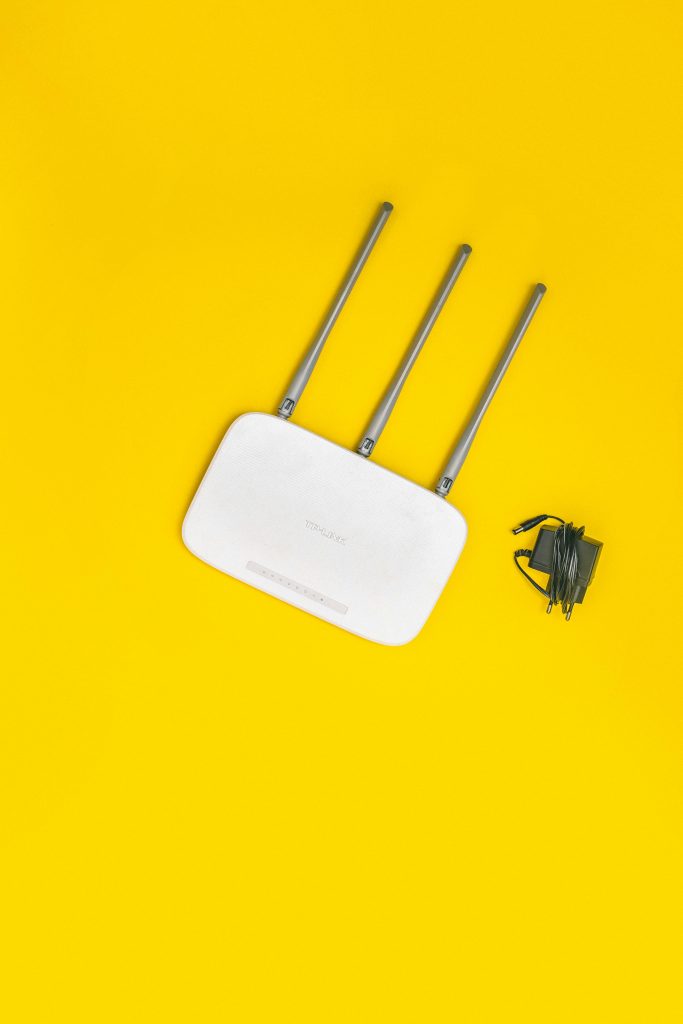Troubleshooting a Compatibility Dilemma: i5 9400F and AsRock B365M Pro4 Motherboard
When it comes to building or upgrading a computer, compatibility among components is crucial. Recently, I encountered a perplexing issue that I’d like to share, in hopes of garnering insights from the community.
The Setup
In this particular scenario, we were facing challenges with a newly assembled PC that refused to boot. Initially, the culprit was identified as the Intel i5 9400F processor, which, as it turns out, requires a specific BIOS version to function correctly with the AsRock B365M Pro4 motherboard.
To resolve this, I temporarily used my i7 8700K to update the BIOS to the latest version available (P4.40). Following this update, I was confident that the setup would be compatible, as the AsRock compatibility list does include the i5 9400F.
The Ongoing Issue
Despite having the latest BIOS installed, the build continues to fail to boot, even after attempting to use two different i5 9400F processors. This situation is particularly frustrating given that the motherboard’s official documentation explicitly states that this CPU should be supported.
Seeking Solutions
If anyone in the community has experienced similar issues or has any troubleshooting suggestions, I would greatly appreciate your input. What other steps might I take to resolve this problem? Any advice or insights would be highly valuable as I navigate this compatibility conundrum.
Thank you in advance for your assistance!
Share this content:




Hi, thank you for sharing your detailed setup and the steps you’ve already taken. Since you’ve confirmed that both i5 9400F processors are on the AsRock compatibility list and you’ve updated the BIOS to the latest version, here are some additional troubleshooting steps you might consider: